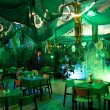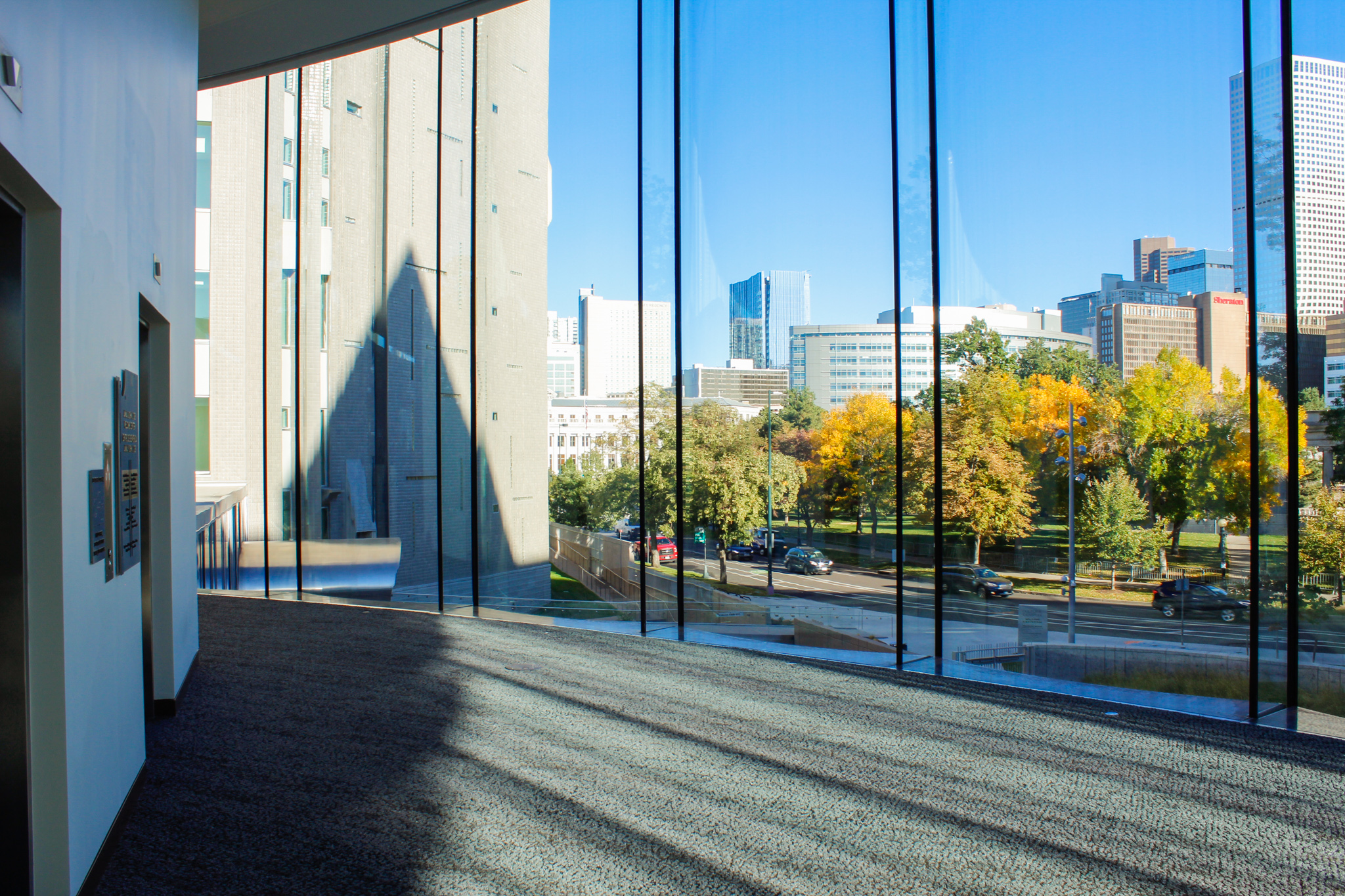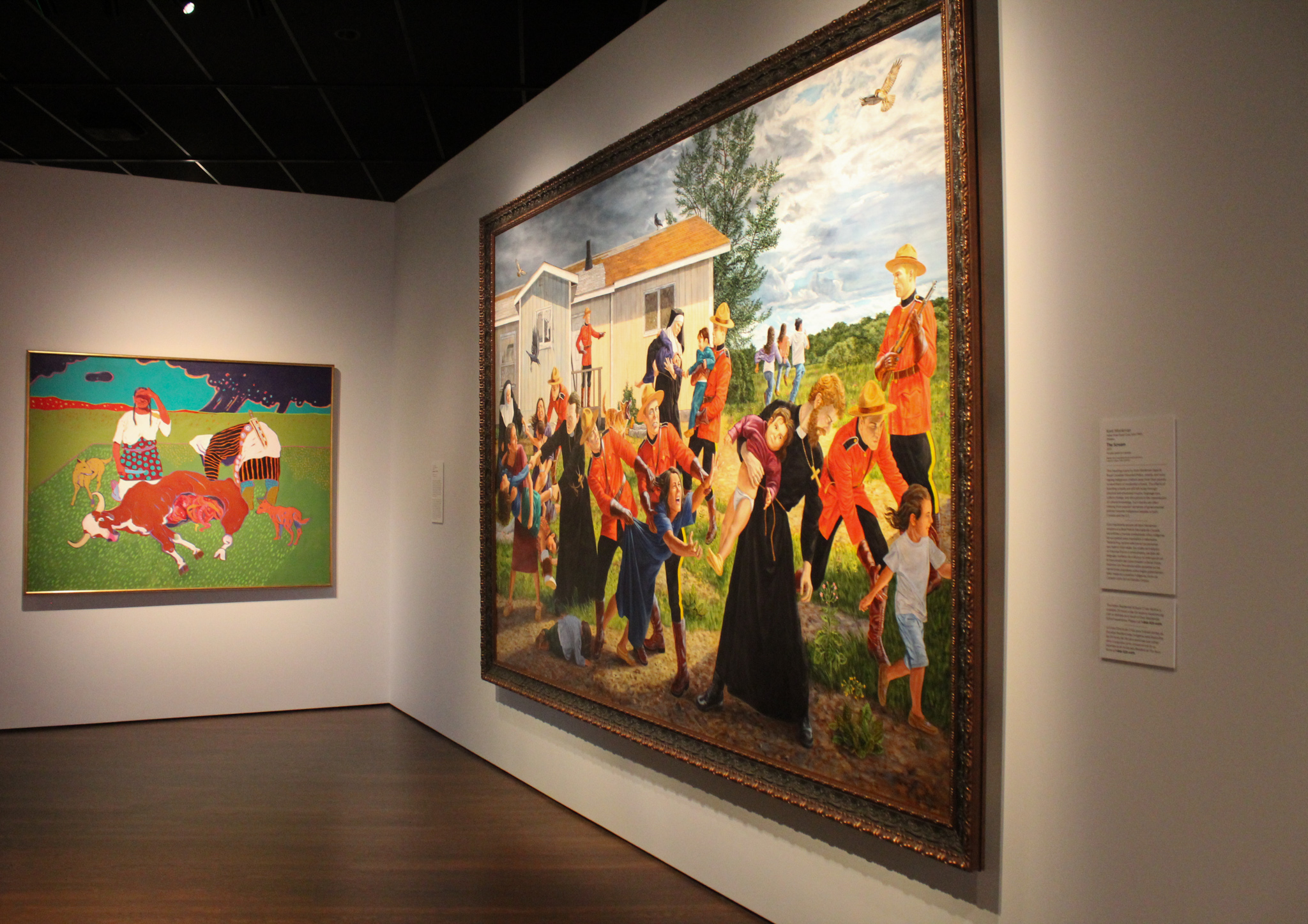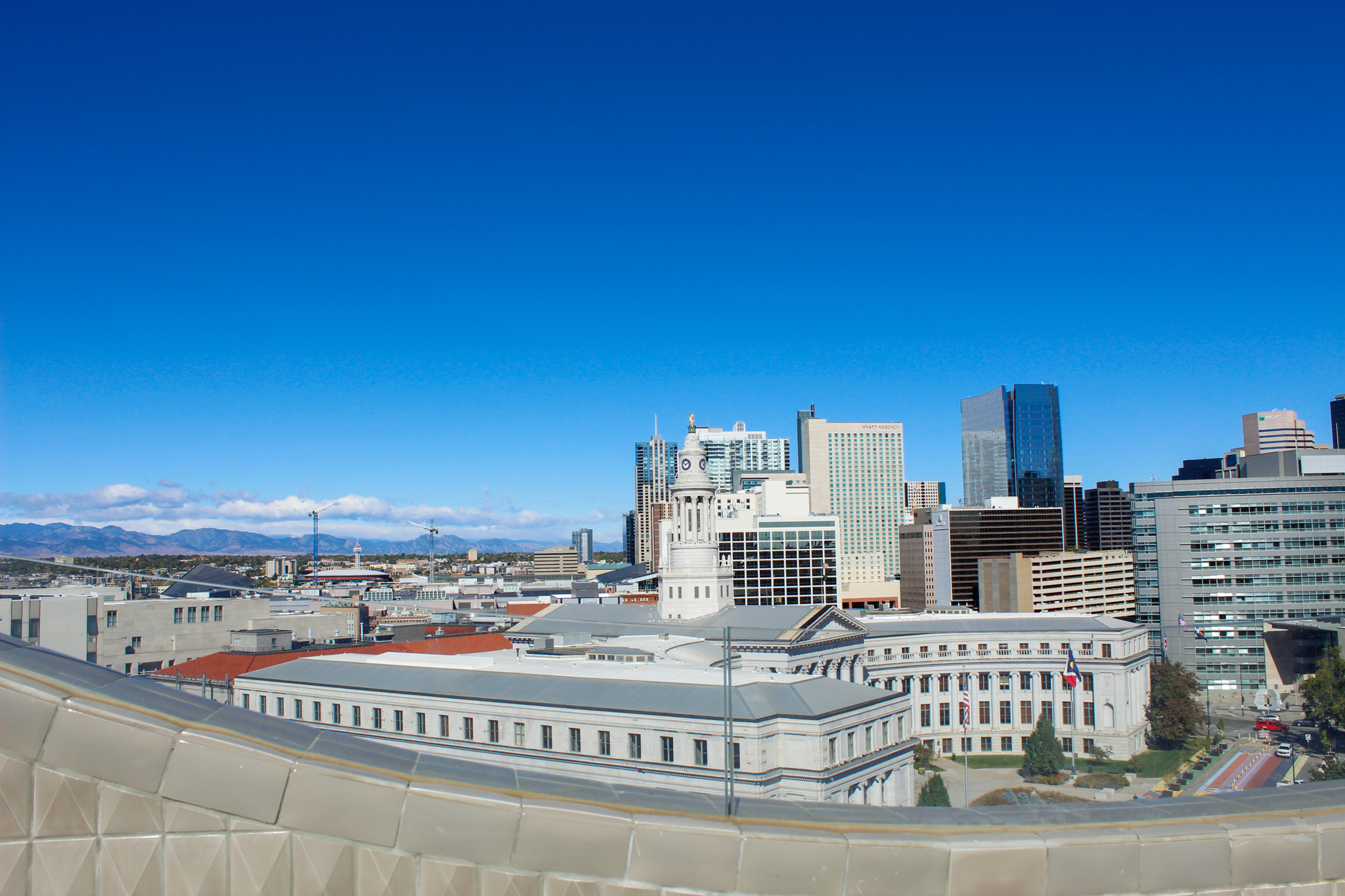Years in the making, the Denver Art Museum (DAM) is ready to finally unveil its new 50,000 square-foot Anna and John J. Sie Welcome Center, connected to the revamped Lanny and Sharon Martin Building, to the public on October 24 in celebration of the building’s 50th anniversary.
Fifty years ago, in October 1971, the DAM opened up the North Building, the first and only building in North America designed by the Italian architect, Gio Ponti. As the years went by, the DAM has eagerly explored ways to evolve the building’s legacy and utilize its potential to create a more practical, inviting space.
The North Building, in addition to undergoing a massive upgrade, has a new name tributed to the chairman of the DAM Board Lanny Martin, and his wife Sharon, who provided the project with an endowment of $25 million to get the ball rolling.
The Elevate Denver program, which was approved by city voters in 2017 to support the enrichment and improvement of public spaces and cultural centers, granted $35.5 million of bonds to the project. In addition, the museum matched public investment dollars with privately raised capital money at a three-to-one ratio, funding the project’s total cost of $175 million.
“This is an example of a public-private partnership. When the public leans in, the private sector falls in droves,” said Mayor Michael Hancock during a media preview of the museum’s opening. “I’m grateful to represent a city that recognizes the true power of arts and culture and the fact that we are a national leader when it comes to arts and culture.”
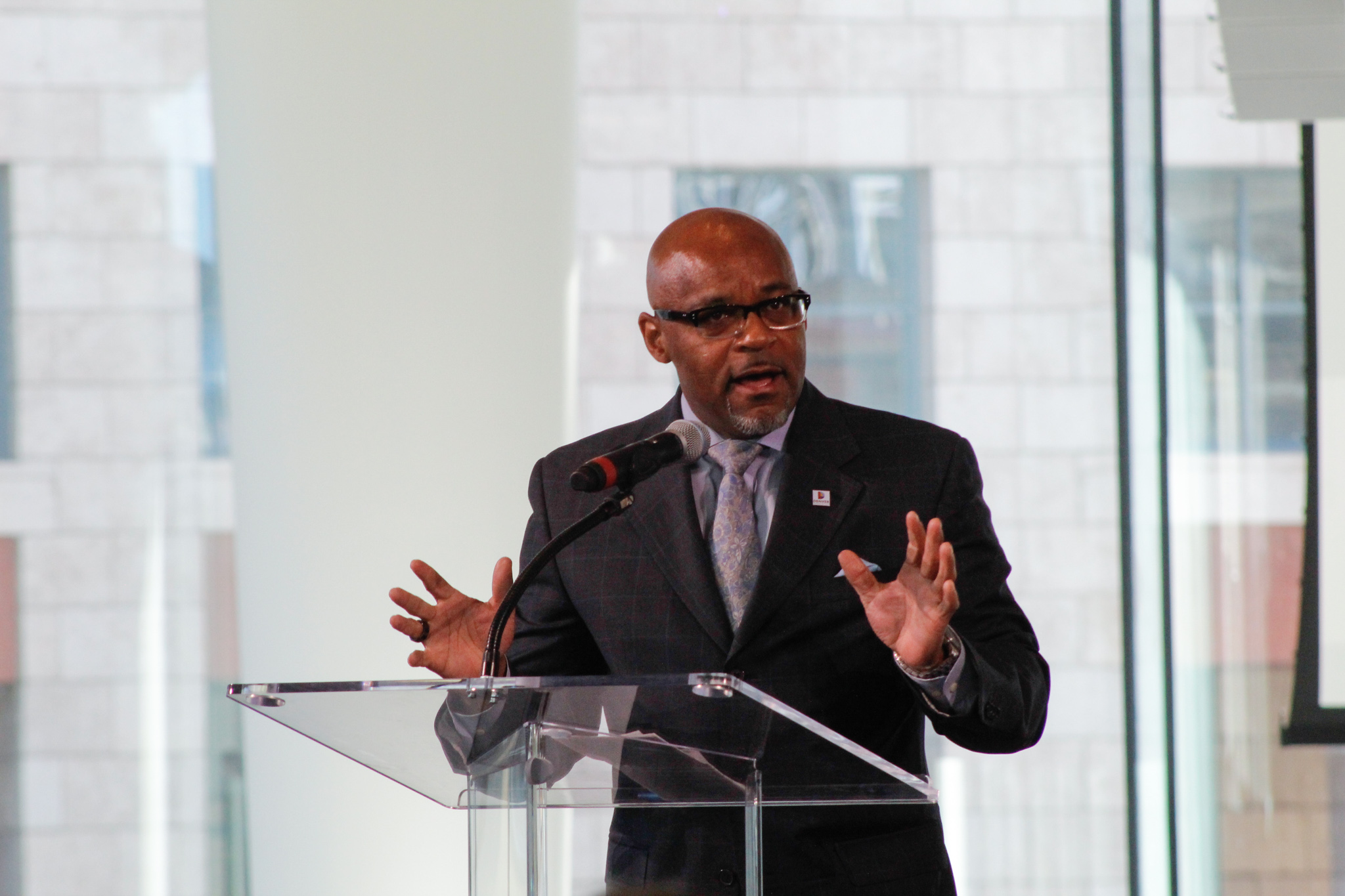
The rest of the building has undergone a massive upgrade as well. That includes more outdoor patio space on the lower level of the welcome center with two new eatery concepts. The Ponti, headed by Denver chef Jennifer Jasinski, will feature a locally sourced, seasonal menu, and across from it is the quick-service, Cafe Gio.
The Martin Building’s inaugural exhibit on the first floor, ReVisión: Art in the Americas, will feature the 180 paintings, antiques and objects from the museum’s Ancient and Latin American collections.
On the upper level of the Sie Welcome Center is a large event and program space enclosed inside a circular, curved glass pavilion that provides guests with an unbeatable view of downtown Denver. The Sturm Grand Pavilion, named as a tribute to the Sturm Family Foundation’s $6 million donation, connects the DAM’s Hamilton Building to the welcome center’s upper level.
On the second floor, the revitalized Northwest Coast and Alaska Native Gallery features over 2,700 square feet of gallery space dedicated to the works of Indigenous artists. In addition, the new 11,500 square-foot By Design: Stories and Ideas Behind the Object and Gio Ponti: Designer of a Thousand Talents sits above the Jana and Fred Bartlit Learning and Engagement Center located on the ground level. The learning and engagement center will provide an opportunity for children, families and adults looking for an immersive art experience.
“We wanted to create a space where people could engage with and reignite some of that creative spirit and rechannel parts of their creativity that they maybe haven’t been able to experience in a really long time,” said local artist Moe Gram, who worked with the museum to create the new center.
Moving on up to the third floor, the museum dedicates over 20,000 square feet of space to the Indigenous Arts of North America gallery that displays over 18,000 objects that have been collected by the DAM since 1929, ranging from rare ancestral ceramics to contemporary artworks from innovative Indigenous artists.
“This is a reimagining of what the team found successful that focused on Indigenous artists, thematic approaches, feminism and transfer of knowledge between generations,” said Dakota Hoska, the assistant curator of the gallery. She hopes the new space showcases history through the perspective of indigenous people. “We address some very hard truths and talk about the traumas as well as the triumphs. If we’re going to open up those wounds we have a duty to help heal them.”
The gallery has a new reflection space for viewers that may find some of the contents of the exhibit disturbing. “We worked with the Ute, Arapaho and Cheyenne nations to establish how that room should feel. They shared what they want the general public to know about the arts, and we try to challenge the viewer’s perception of Indigenous art through the intermixing of timelines,” said Hoska.
The museum’s renowned Latin America Art & Art of the Ancient Americas collection has been reinstalled on the fourth floor, with over 20,000 square feet of space of over 1,000 rare works showcasing the historic transformation and legacy of Latin America. The gallery merges old and contemporary pieces to signal the transformation of art and ideas over time in the region, said DAM curator of Latin American Art, Jorge F. Rivas Pérez. “The idea of this section was to create a bridge between both sides,” he said.
Looking East, the fifth level is dedicated to Asian art. Beginning in 1915, it’s among the earliest DAM collections and its new space has over 20,000 square feet encompassing rare and significant artwork. They range from China, Southeast Asia, the Islamic region, displayed across 6,000 ancient and contemporary pieces which the museum began moving into the new space back in 2017.
“The museum would like to demonstrate that Asia is diverse and the artworks on display, regardless of time and place, can be related to us in the 21st century, here in Denver,” said curator Hyonjeong Kim Han.
Three different collections are conjoined on the sixth floor. European Art Before 1800 takes up 6,745 square feet of space, displaying works from the museum’s collection of European landscape paintings, Renaissance-era portraits and more. The Photography collection will open with a two-part inaugural exhibit, Curious Visions: Toward Abstract Photography, displaying images from the American West and both European and American photography from the early 20th century to the present day.
The 5,612 square foot Textile Art and Fashion collection will reopen with the debut exhibition Suited: Empowered Feminine Fashion, curated by Florence Müller, that features over 90 different looks from dozens of designers ranging from classic couture to revolutionary trends set by women challenging patriarchal fashion standards.
Adjacent to the exhibit is the Nancy Lake Benson Thread Studio, giving guests an interactive opportunity to gauge designer and textile skills through a hands-on look at clothing construction.
Occupying 15,799 square feet, the seventh floor houses the museum’s Petrie Institute of Western American Art. It features classic Western era film archives, paintings and displays perspectives from under-recognized voices including work by women and BIPOC people.
The reimagined Helen and Arthur E. Johnson Terrace on the seventh-floor rooftop look over the Rockies and skyline of downtown Denver. Despite an ideal outdoor space and top-notch views of the city, the rooftop has had minimal use through the years. Renovating it into more gallery space and a terrace gives guests more opportunities, said Kristy Bassuener, director of communication and public affairs at the DAM.
“When Obama was hosting his rally here in 2008, photographers asked if they could come up here to take pictures,” remembered Bassuener. “It was supposed to be for events but I’ve only ever seen the security guard up here.”
Exhibits in the Martin Building will rotate twice a year. Among the top 20 most visited museums in North America, the DAM’s new campus features improved safety and accessibility updates and environmental and electrical controls, among other new features.
“We are thrilled to finally have this space to serve as a hub of joy, creativity and healing for all,” said Dr. Christoph Heinrich, director of the DAM. “We want this to be a place we can really grow into, we want to use this space to help grow into our identity through thoughts and ideas.”
The Denver Art Museum will open its new campus to the public on October 24 with free admission included. To purchase tickets, visit here.
All photography by Hilal Bahcetepe unless noted otherwise.

